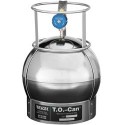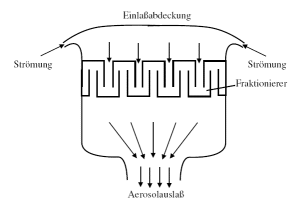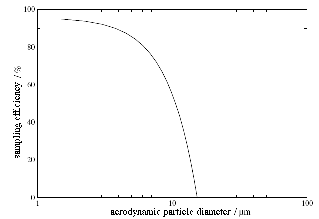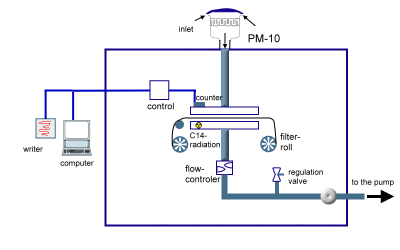|
|
 |
|
|
|
 |
 |
|
|
 |
Research A: Measurement of particles in the air
 How do we measure gases? How do we measure gases?
To investigate air means to observe and measure numerous different compounds. Some of them disperse globally and have relatively stable concentrations.
|
Carbon dioxide belongs to these stable compounds. It can be sampled in so called “canisters” for air sampling. These are steel vessels with a valve, which can be evacuated with a vacuum pump. Afterwards air from outside is sucked in, the valve can be closed for transport to a laboratory and the amounts of different gases are analysed, for example by mass spectrometry. See also: ACCENT Magazine No. 1: CO2 measurements.
|
 |
 |
 |
|
1. Canister for gas sampling; Source: SKC Limited
|
|
|
While this measurement is relatively easy for carbon dioxide, it is more complicated for other gases. A reactive gas like ozone for example would continue to react in the canister or be destroyed on the steel walls. In the analysis much less ozone would be detected than in the original air sample.
|
|
 Measurement of particles Measurement of particles
Also particles in air have to be determined in a different way. First, particles need to be selected by their size. It is also important where they have been measured. Next to a busy highway the concentration is much higher than over a snow-covered field.
|
|
|
 |
Not all particles next to a street come from exhaust pipes of cars. A relevant fraction comes also from abrasion of tyres and brakes. And if next to the highway a harvester-thresher is working particles can have completely unexpected sources. Therefore, it does not make much sense to measure the total particle burden in the air. Since particles with a diameter of less than 10 µm penetrate relatively deep into the respiratory tract, they are considered as particular dangerous. We call them fine particles and they are measured separately.
2. On the left: Standard particle sampler on a sampling station driven by the state. The particle sampler is covered by a cap for rain protection. The interior is shown below. (Fig 3. + 5.)
|
|
 Measurement methods for fine particles (PM 10) Measurement methods for fine particles (PM 10)
Usually the weight of particles is measured with filters. For fine particles with a particle size of less than 10 µm the beta-absorption technique is common with a pre-installed PM-10 head. What does this mean?
|
During the particle sampling it shall be avoided, that larger particles end up on the filter. The so-called PM-10 head is a sort of small labyrinth, in which larger particles, which are sucked in, collide with the walls and get stuck. Particles smaller than 10 µm however pass.
|
 |
 |
 |
|
3. Scheme of a PM-10 head; Source: PhD thesis Achim Trimborn
Please click in order to enlarge!
|
|
 |
 |
|
4. In a PM-10 head the sampling efficiency for particles smaller than 10µm is by far higher than for larger particles; Source: PhD thesis Achim Trimborn
Please click to enlarge!
|
|
 |
Certainly it cannot be guaranteed, that a particle with a diameter of 9 µm passes while a particle of 11 µm is retained. In order to come to comparable values nevertheless, such instruments are standardised and show a typical sampling efficiency curve with strongly increasing efficiency for d < 10 µm.
|
|
The measurement technique of a fine particle analyser is based on the absorption of nuclear beta-radiation. The radiation comes from a beta-source and is partially absorbed depending on the amount of particles collected.
|
Before every collection cycle the impulse rate of an unloaded filter band is measured. Afterwards particles are gathered on exactly this spot for a defined time with a pre-installed gas flow. Afterwards the impulse rate of the loaded filter band is measured. The difference between both measurements is analysed and shown as fine particle concentration in µg/m3.
|
 |
 |
 |
|
5. Scheme of a standard particle measurement device. Graph: Elmar Uherek according to a pattern from a commercial provider.
Please click to enlarge!
|
|
|
 |
|







